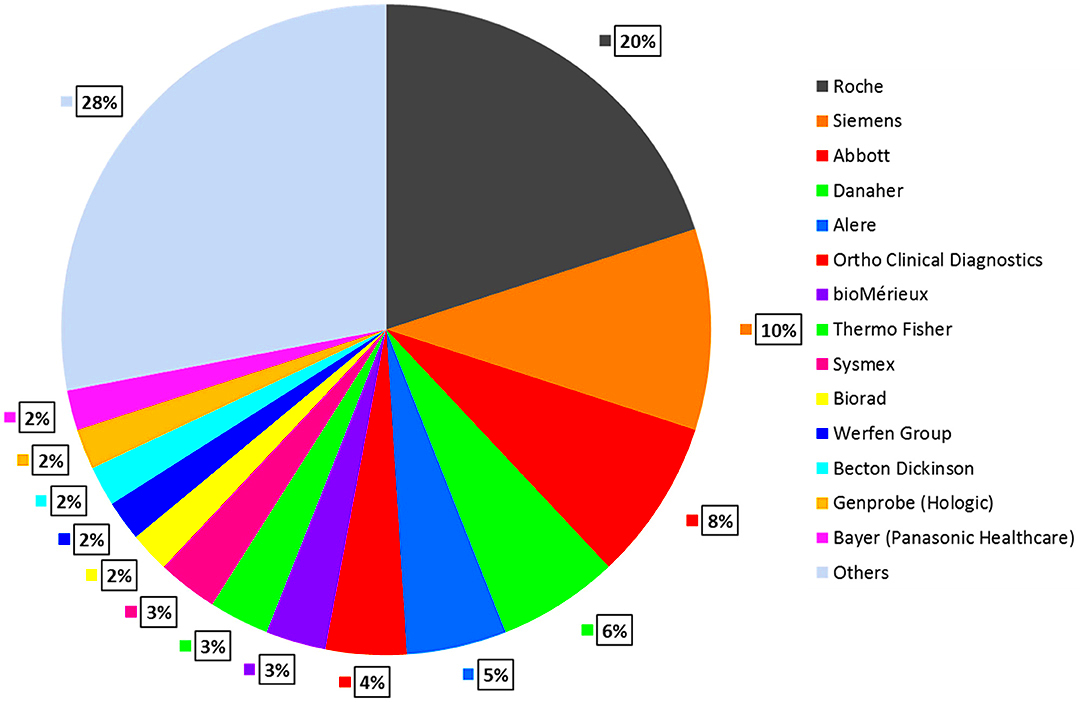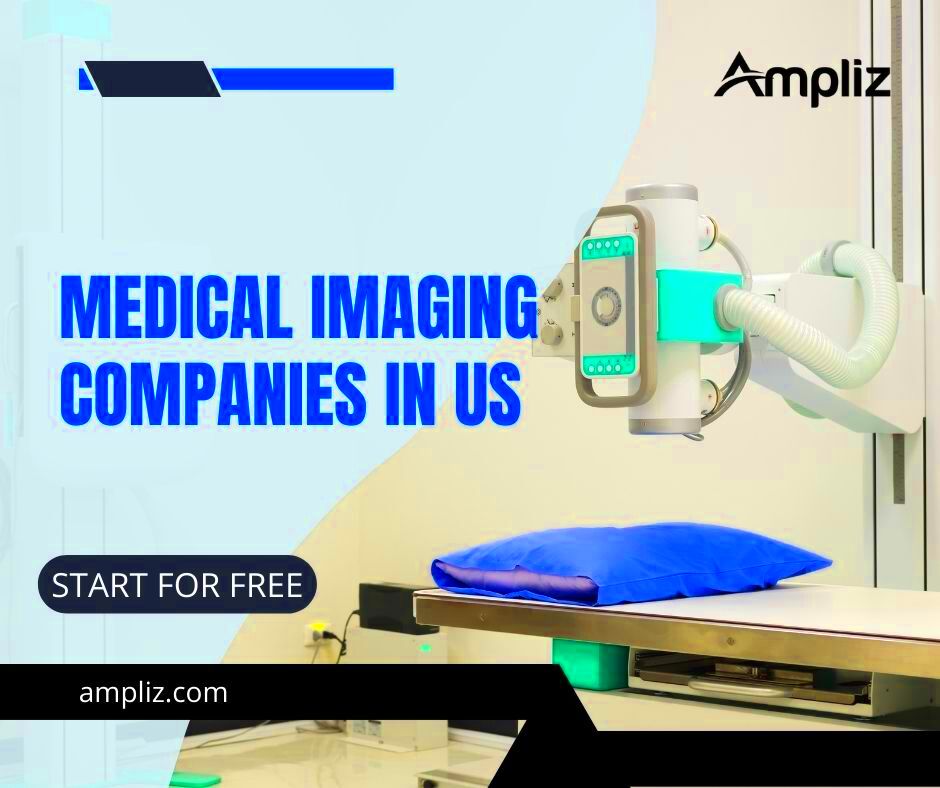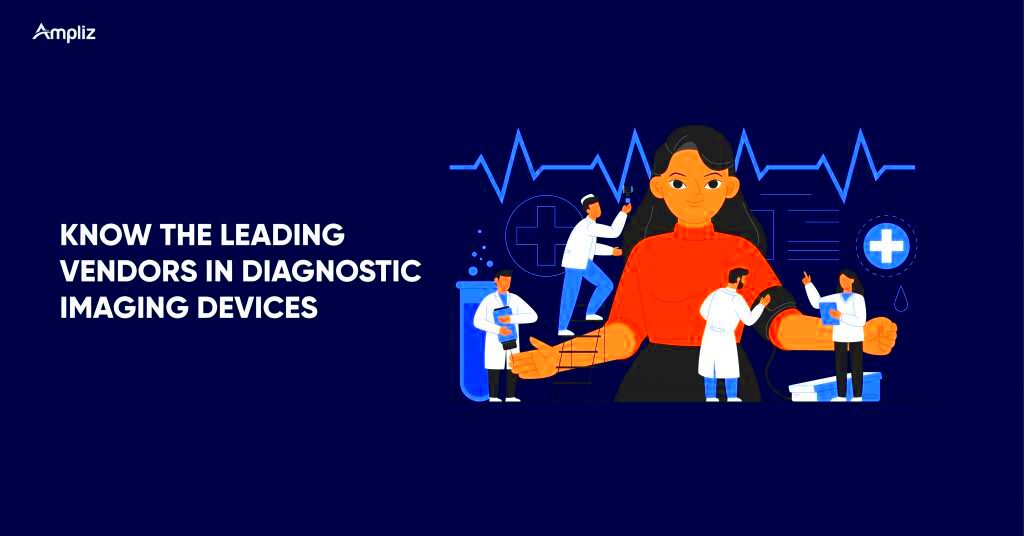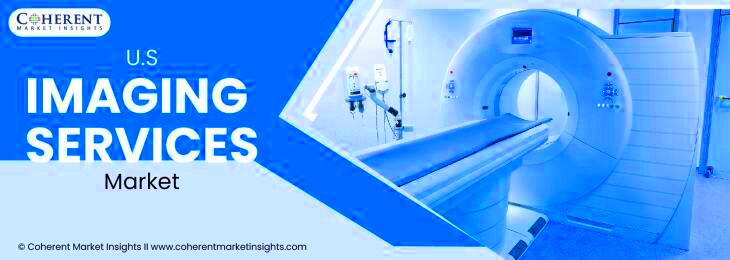Medical imaging companies are an integral part of the healthcare system. They offer essential tools that help doctors to diagnose and treat patients properly. With technology constantly getting better, these companies continue to adapt so as to provide superior services and inventive imaging solutions.In this article, we will look at how medical imaging companies evolve in the USA while emphasizing their contribution towards contemporary medicine.
Overview of the Medical Imaging Industry

Diverse technologies are included in the medical imaging sector that are used for identifying what is inside the human body.
This area consists of:- X-rays
- Magnetic Resonance Imaging (MRI)
- Computed Tomography (CT)
- Ultrasound
- Positron Emission Tomography (PET)
From shattered bones to sophisticated illnesses such as neoplastic disease, these tools are vital in identifying various ailments. The sector has experienced remarkable progress due to rising healthcare needs, improvements in technology and emphasis on preventive measures.It was estimated that the worldwide market for medical imaging stood at more than $40 billion as of 2023, with an anticipated increase of approximately 6% yearly.
Top Medical Imaging Companies in the USA

The medical imaging group of USA has been increasingly led by various firms especially in recent times.
Some of them are as highlighted below:| Company Name | Specialization | Headquarters |
|---|
| GE Healthcare | MRI, CT, Ultrasound | Chicago, Illinois |
| Siemens Healthineers | X-ray, CT, MRI | Malvern, Pennsylvania |
| Philips Healthcare | MRI, Ultrasound, CT | Andover, Massachusetts |
| Cannon Medical Systems | X-ray, MRI | Lake Success, New York |
| Fujifilm Medical Systems | Digital Imaging, Ultrasound | Valhalla, New York |
By establishing themselves as innovators, providers of the highest quality, and striving towards bettering patient care, these firms have attained positions of significance within their industries.Their input into medical imaging systems has influenced hospitals and clinics all over the country; it has enabled doctors and other caregivers offer improved diagnostic services thereby enhancing the treatment options available for patients.
Key Technologies Used in Medical Imaging

Medical imaging depends upon numerous technologies that assist medical experts see into the human body. Such devices are much more than diagnostic aids, as they empower an accurate understanding of patients’ conditions thereby improving service delivery.
Some important techniques include:- X-rays: One of the oldest imaging techniques, X-rays are primarily used to view bones and detect fractures. They work by passing radiation through the body, which is captured on film or digitally.
- Magnetic Resonance Imaging (MRI): MRI uses powerful magnets and radio waves to create detailed images of organs and tissues. It’s particularly useful for examining soft tissues, including the brain and muscles.
- Computed Tomography (CT): CT scans combine X-ray images taken from different angles to produce cross-sectional views of the body. This technology is excellent for diagnosing conditions in various body parts.
- Ultrasound: Ultrasound uses sound waves to create images of the inside of the body. It's commonly used during pregnancy and for examining organs like the heart and kidneys.
- Positron Emission Tomography (PET): PET scans help visualize metabolic processes in the body. This technique is often used in cancer detection and monitoring treatment effectiveness.
Strengths can be found in every one of these technologies and its selection is dependent on individual needs by the patient and specific circumstances under examination.
Impact of Medical Imaging on Healthcare
Healthcare today has been changed by medical imaging. It is very important for diagnosis, treatment planning and also monitoring of patients’ progress.
Some important effects are as follows:- Early Diagnosis: Imaging techniques allow for early detection of diseases, improving treatment outcomes. For instance, catching cancers at an early stage can significantly increase survival rates.
- Non-Invasive Procedures: Many imaging methods are non-invasive, meaning they do not require surgery. This approach reduces risks associated with traditional diagnostic methods.
- Guidance for Treatment: Imaging helps doctors determine the best treatment options. For example, a CT scan may guide surgeons during an operation.
- Improved Patient Care: Accurate imaging leads to better-informed decisions, which enhances overall patient care and reduces unnecessary procedures.
In general, medical imaging technologies are essential tools of modern medicine that lead to improved health results and efficient health care systems.
Future Trends in Medical Imaging
Owing to progress in technology and increased attention to precision medicine, the area of medical imaging is always changing.
These are some future trends that we should keep an eye on:- Artificial Intelligence (AI): AI is set to revolutionize medical imaging by improving image analysis and diagnostic accuracy. AI algorithms can help radiologists identify abnormalities more quickly and reliably.
- Portable Imaging Devices: The demand for portable imaging solutions is rising. These devices can be used in remote or underserved areas, ensuring more patients have access to diagnostic tools.
- 3D Imaging: The development of 3D imaging technologies allows for more detailed visualization of organs and tissues, improving surgical planning and outcomes.
- Integration with Other Technologies: Medical imaging will increasingly integrate with other technologies, such as telemedicine and electronic health records (EHR), providing a more comprehensive view of patient health.
- Focus on Patient Safety: As imaging techniques advance, there will be a greater emphasis on minimizing radiation exposure and enhancing patient comfort during procedures.
The medical imaging will be made more effective and accessible to the patients as well as the health care providers in due course of time due to these trends.
Challenges Facing Medical Imaging Companies
However, firms laboring under the auspices of medical imaging have, for instance, some rough patches they could hit. A solid comprehension of these problems is necessary when creating viable remedies.
Challenges include but are not limited to:- Regulatory Compliance: Medical imaging companies must navigate a complex web of regulations to ensure their products meet safety and efficacy standards. This process can be time-consuming and costly.
- Technological Advancements: Keeping up with rapid technological changes is essential for remaining competitive. Companies must continually invest in research and development to innovate and improve their imaging technologies.
- Cost of Equipment: High-quality imaging equipment can be expensive to produce and maintain. Many healthcare facilities struggle to afford the latest technologies, leading to disparities in access to care.
- Data Management: The volume of data generated by imaging technologies is immense. Effectively managing, storing, and analyzing this data while ensuring patient privacy is a significant challenge.
- Shortage of Skilled Professionals: There is often a shortage of trained radiologists and technicians who can operate imaging equipment and interpret the results. This shortage can lead to delays in diagnosis and treatment.
This will help in making medical imaging companies more strategically placed in serving the healthcare providers and patients.
Frequently Asked Questions
Medical imaging piques the interest of many individuals in its impact on medicine. You could ask a few questions commonly asked:
What is medical imaging?
- Medical imaging refers to various techniques used to visualize the internal structures of the body for diagnosis and treatment.
Are medical imaging procedures safe?
- Most medical imaging procedures are safe, but some involve exposure to radiation. Healthcare providers take precautions to minimize risks.
How do I prepare for a medical imaging procedure?
- Preparation varies by procedure. Your doctor or imaging center will provide specific instructions, such as fasting or wearing loose clothing.
What should I expect during the imaging process?
- The experience depends on the type of imaging. Generally, you'll be asked to lie still while the machine captures images, which usually takes a few minutes.
How long does it take to receive results?
- Typically, results are available within a few days, but this can vary based on the type of imaging and the facility.
If you have further inquiries, feel free to consult your healthcare provider for individual information related to your case.
Conclusion
The significance of medical imaging cannot be overstated in contemporary medicine because it offers a clearer picture of patients’ ailments as well as assisting doctors in making informed treatment choices.However, despite the difficulties posed by regulations and technologies, these organizations also make substantial contributions. Moving ahead, the future of medical imaging will be governed by changes brought about by innovative developments, such as artificial intelligence (AI), portable gadgets and enhanced data administration.To sum up, comprehending the field of medical imaging including its difficulties alongside the changing technologies is fundamental to recognize at which extent it influences healthcare. As this area advances, it anticipates to provide better diagnostic and treatment tools that will lead to better health for all eventually.
 Diverse technologies are included in the medical imaging sector that are used for identifying what is inside the human body.This area consists of:
Diverse technologies are included in the medical imaging sector that are used for identifying what is inside the human body.This area consists of: The medical imaging group of USA has been increasingly led by various firms especially in recent times.Some of them are as highlighted below:
The medical imaging group of USA has been increasingly led by various firms especially in recent times.Some of them are as highlighted below: Medical imaging depends upon numerous technologies that assist medical experts see into the human body. Such devices are much more than diagnostic aids, as they empower an accurate understanding of patients’ conditions thereby improving service delivery.Some important techniques include:
Medical imaging depends upon numerous technologies that assist medical experts see into the human body. Such devices are much more than diagnostic aids, as they empower an accurate understanding of patients’ conditions thereby improving service delivery.Some important techniques include:
 admin
admin








